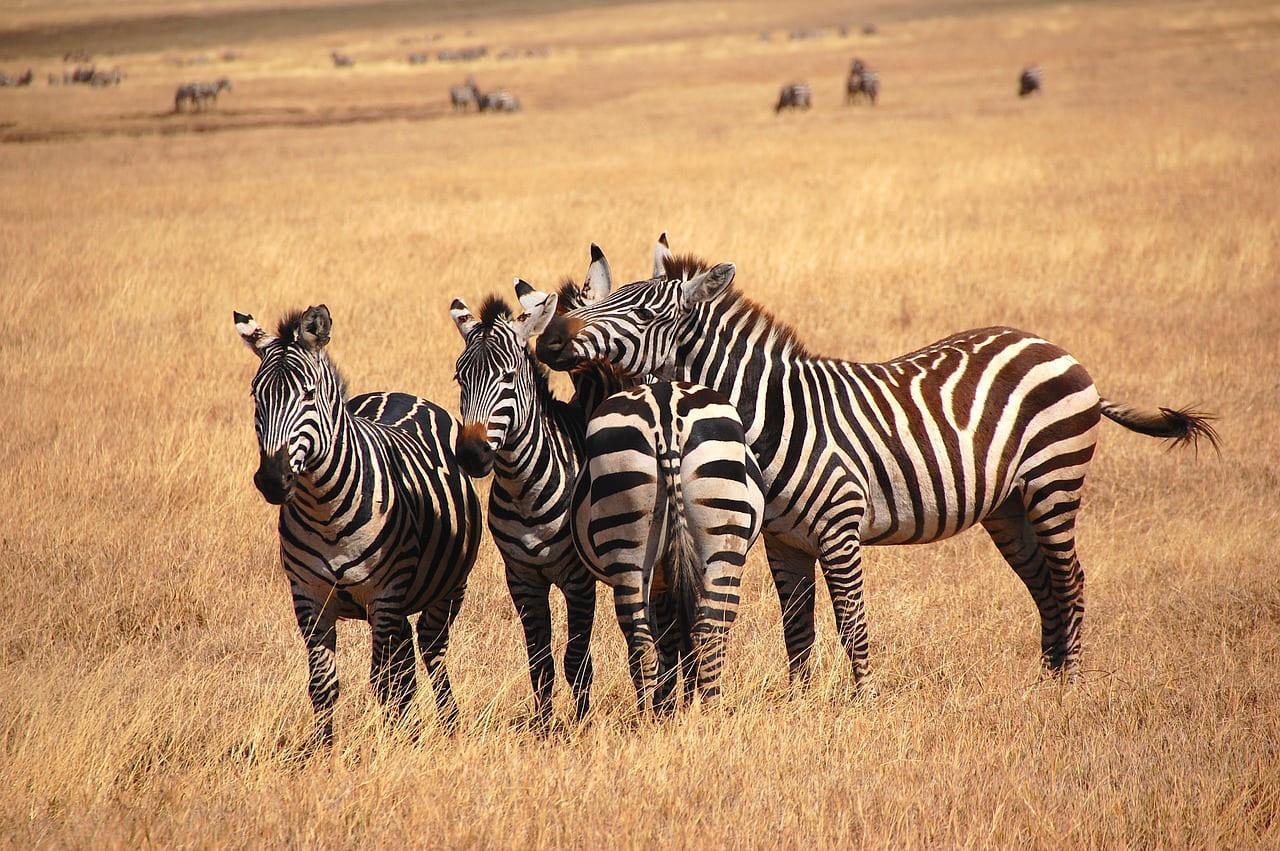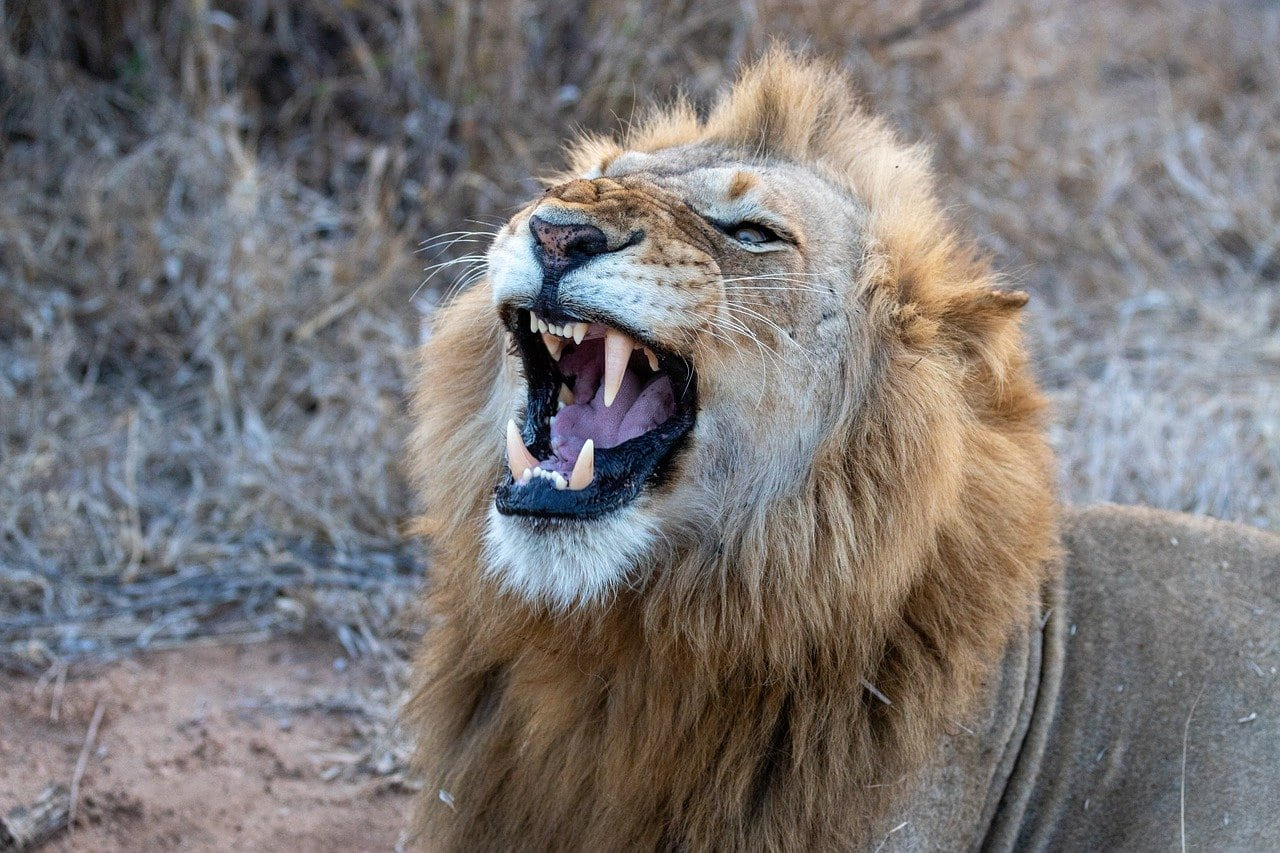
Sustainable Construction
Lorem ipsum dolor...

Primates are some of the most intelligent and socially complex animals on the planet. From playful monkeys to powerful gorillas, primates are capable of forming intricate social bonds, using tools, and communicating in ways that are strikingly similar to humans. Zoos offer an up-close look at these remarkable creatures, allowing us to learn more about their behaviors and the challenges they face in the wild.
Gorillas, the largest of the primates, live in tight-knit family groups led by a dominant male known as a silverback. These powerful animals are primarily herbivores, feeding on leaves, stems, fruit, and bamboo. Despite their imposing size and strength, gorillas are generally gentle and shy. They are also incredibly intelligent, capable of using tools and learning sign language in captivity. Gorillas' social structure is complex, with strong bonds between group members that are maintained through grooming and close physical proximity. Unfortunately, gorillas are critically endangered due to habitat destruction and poaching, making zoo-based conservation efforts vital.
Chimpanzees, our closest living relatives, share about 98% of their DNA with humans. Known for their intelligence, chimpanzees use tools to forage for food, crack open nuts, and even hunt. They live in large communities with fluid social structures, where individuals form alliances and friendships. Chimpanzees are highly expressive, using facial expressions, vocalizations, and gestures to communicate with one another. They are also capable of learning complex tasks and can recognize themselves in mirrors, a sign of self-awareness. Like gorillas, chimpanzees face threats from deforestation and the illegal wildlife trade, which is why many zoos focus on breeding programs and public awareness campaigns to support their conservation.
Orangutans, native to the rainforests of Borneo and Sumatra, are solitary by nature, unlike other great apes. They spend most of their time high in the trees, using their long arms and strong hands to swing from branch to branch. Orangutans are known for their intelligence and problem-solving skills. In the wild, they have been observed using leaves as umbrellas and sticks to extract insects from tree bark. They are also capable of learning sign language and using tools in captivity. However, orangutans are critically endangered due to habitat loss from palm oil plantations, making their conservation a priority for zoos worldwide.
In addition to the great apes, zoos are home to a variety of monkey species. From the tiny, tree-dwelling marmosets to the larger, more social baboons, monkeys display a wide range of behaviors. Many monkeys live in highly structured social groups, where grooming and play are essential for maintaining relationships. Their agile movements, clever problem-solving, and sometimes mischievous nature make them a joy to watch.
Primates play a key role in maintaining the health of their ecosystems. For example, many primates are important seed dispersers, helping to regenerate forests by spreading the seeds of the fruits they eat. Zoos not only provide a safe environment for endangered primates but also work to raise awareness about the importance of preserving their habitats.